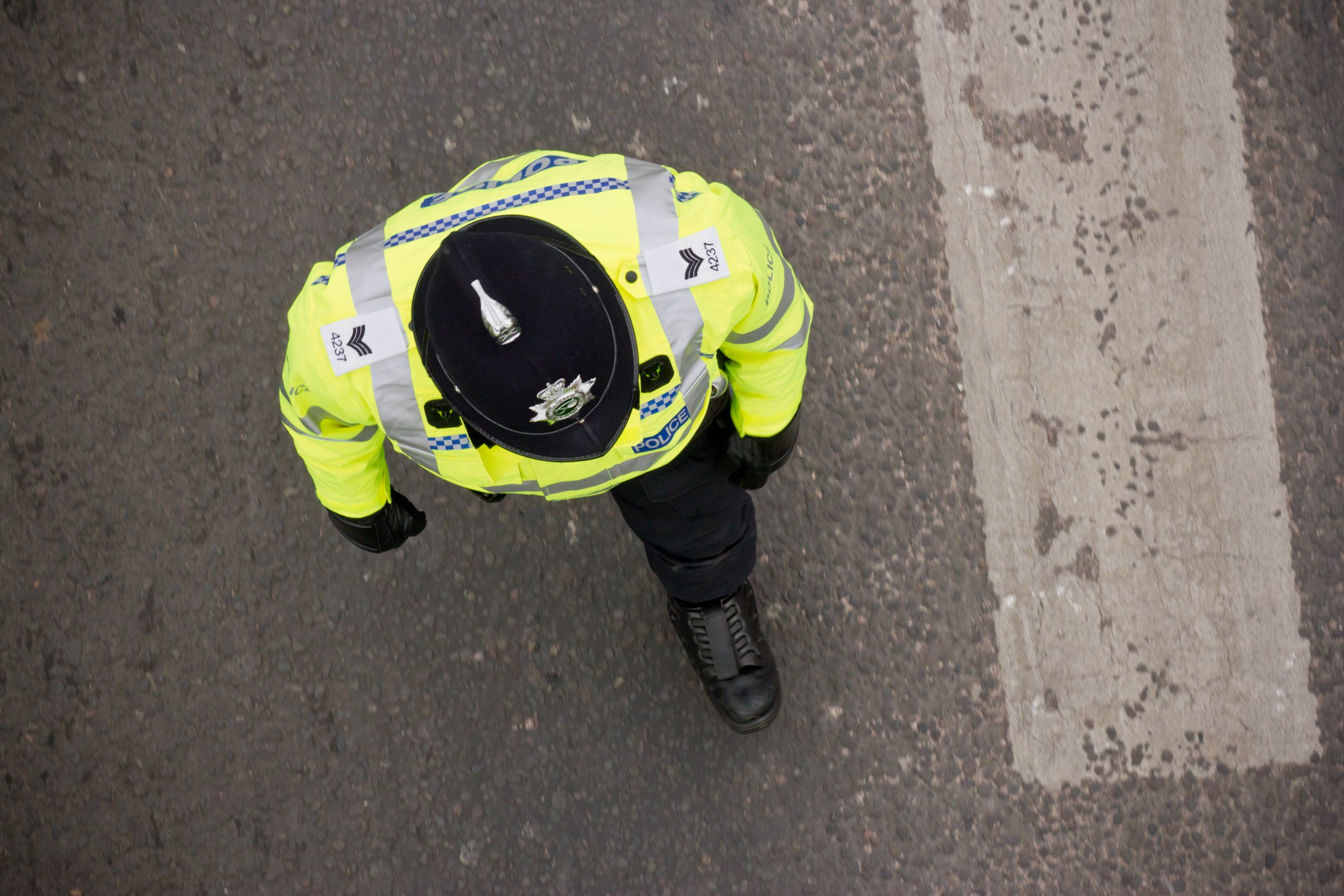REPORT: Demonstrators gathered outside Woolwich Crown Court on Tuesday earlier this week in support of Alfie Meadows, 21, who is being prosecuted for his involvement in the student tuition fees protest back in 2010, writes Sophie Barnes.
- Sophie Barnes is a journalist interested in human rights issues. She recently graduated from the investigative journalism masters course atCityUniversity.
- Poster (above) from Defend the Right to Protest.
The case concerns two young men who took part in the student demonstration in 2010 protesting against the rise in university tuition fees. The pair were charged with violent disorder. At the original trial in April of this year, three other men were found not guilty of this charge while Meadows and King divided the jury in their verdict. On Tuesday these two men were facing retrial.
Meadows suffered a brain injury as a result of his involvement in the protest – his skull was cracked open after it was struck with force. The defence team argued that this injury was sustained by a policeman cracking Meadows across the skull during the protest, as he was part of a group that was up against the police barrier. The Independent Police Complaints Commission was originally investigating whether this injury was sustained by a police baton, but Meadow’s legal team requested the investigation to be suspended while the criminal prosecution was taking place.
Meadows arrived at the Woolwich Crown Court main entrance looking nervous and pale and dressed in a black suit. His short cropped hair revealing the scar still visible from his brain injury.
The Defend the Right to Protest group were gathered outside the Court to demonstrate their opposition to what they consider to be violent police tactics that impinge on citizens’ freedom of expression. These include kettling and violence against protestors. They are using Meadows’ case as an example of what they perceive to be excessive brutality regularly employed by the police during protests.
Criticism was leveled at the police for what some felt was a heavy-handed approach during the student demonstration, techniques used included keeping crowds of demonstrators trapped in a contained area for hours, a process known as ‘kettling’. The protestors argue that the police used excessive violence during the student demonstrations and that kettling was employed without cause because the crowds were relatively peaceful and (according to a police report on the day) there was only ‘slight pressure’ on the cordons.
In the original trial in April the prosecution argued that it was a key point that Meadows was wearing a balaclava from an early point onwards in the demonstration. The prosecution said: ‘It is evident he [Meadows] was intent on confrontation from an early stage that day. He dressed for it and he looked for it long before any containment was imposed. As for his involvement with the repeated attacks on police with large sheets of fencing, this again was wholly of his choosing. He had no need to do so.’
The prosecution also argued that the force used by police was in proportion to the behaviour of the protestors. ‘It is clear that even under the severe and sustained assault the police officers onWhitehallbehaved with commendable discipline and restraint. There is no question that any of the demonstrators involved in this incident was acting in self-defence.’
The use of restrictive tactics such as kettling was recently called into question during a European Court of Human Rights case in March of this year. However, the court ruled that the tactic was lawful if used in a proportionate and fair way, with an emphasis on safety and preventing violence. The Meadows’ case outcome could provide a blueprint for the handling of future demonstrations, whether that involves a strengthening of current police tactics of containment or a relaxation. The trial is expected to continue over the next two weeks.






